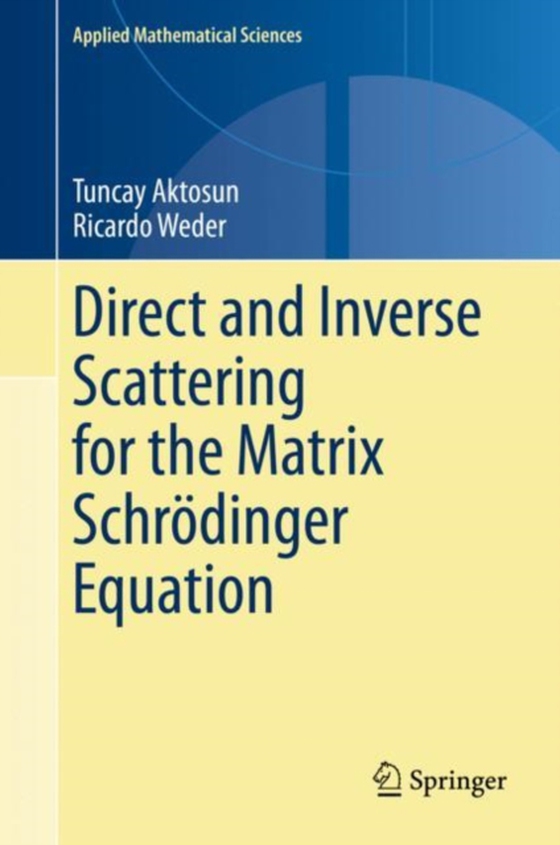
Direct and Inverse Scattering for the Matrix Schrodinger Equation e-bog
1021,49 DKK
(inkl. moms 1276,86 DKK)
Authored by two experts in the field who have been long-time collaborators, this monograph treats the scattering and inverse scattering problems for the matrix Schrodinger equation on the half line with the general selfadjoint boundary condition. The existence, uniqueness, construction, and characterization aspects are treated with mathematical rigor, and physical insight is provided to make th...
E-bog
1021,49 DKK
Forlag
Springer
Udgivet
19 maj 2020
Genrer
PBKF
Sprog
English
Format
pdf
Beskyttelse
LCP
ISBN
9783030384319
Authored by two experts in the field who have been long-time collaborators, this monograph treats the scattering and inverse scattering problems for the matrix Schrodinger equation on the half line with the general selfadjoint boundary condition. The existence, uniqueness, construction, and characterization aspects are treated with mathematical rigor, and physical insight is provided to make the material accessible to mathematicians, physicists, engineers, and applied scientists with an interest in scattering and inverse scattering. The material presented is expected to be useful to beginners as well as experts in the field. The subject matter covered is expected to be interesting to a wide range of researchers including those working in quantum graphs and scattering on graphs. The theory presented is illustrated with various explicit examples to improve the understanding of scattering and inverse scattering problems. The monograph introduces a specific class of input data sets consisting of a potential and a boundary condition and a specific class of scattering data sets consisting of a scattering matrix and bound-state information. The important problem of the characterization is solved by establishing a one-to-one correspondence between the two aforementioned classes. The characterization result is formulated in various equivalent forms, providing insight and allowing a comparison of different techniques used to solve the inverse scattering problem. The past literature treated the type of boundary condition as a part of the scattering data used as input to recover the potential. This monograph provides a proper formulation of the inverse scattering problem where the type of boundary condition is no longer a part of the scattering data set, but rather both the potential and the type of boundary condition are recovered from the scattering data set.
 Dansk
Dansk

